What do you want from a story? How does this differ over time? What do you think other people want from their stories? When writing your own, which human cravings are you catering to?
Overweening pride, lust, natural disaster, sheer avarice, all varieties of personal weirdness, terrible things done by polite and decent people — we will always want to hear about these things.
Garrison Keilor, introduction to The Best American Short Stories 1998
The following chart is from a website called the Content Marketing Institute. I saw this and thought of children’s literature and what we know about narrative for all audiences. I think it’s pretty spot on.

Can you think of a picturebook which fills each of the following categories of ‘craved content’?
Is some kinds of ‘craved content’ more commonly explored in picturebooks than other kinds?
Content that reminds us life is short.
Every complete narrative contains a near death experience, though often-times this is highly metaphorical. In stories for children, this near death experience can be replaced with peak fun, but without adult supervision, which is key.

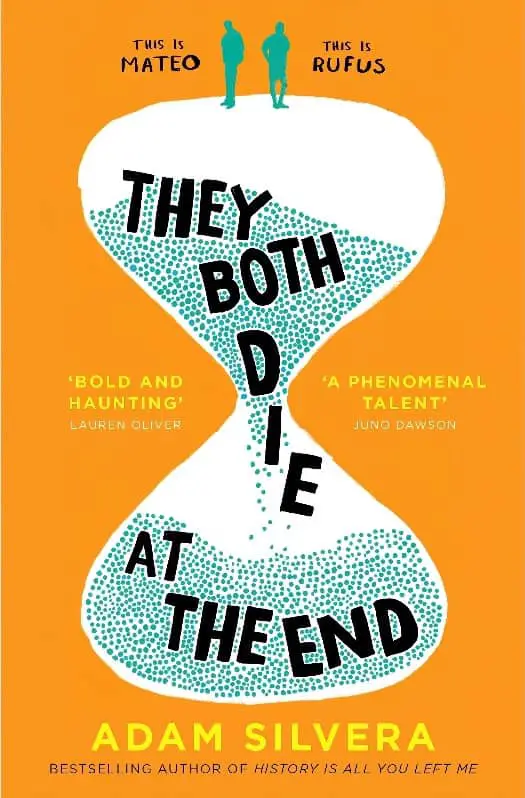
Adam Silvera reminds us that there’s no life without death and no love without loss in this devastating yet uplifting story about two people whose lives change over the course of one unforgettable day.
On September 5, a little after midnight, Death-Cast calls Mateo Torrez and Rufus Emeterio to give them some bad news: They’re going to die today.
Mateo and Rufus are total strangers, but, for different reasons, they’re both looking to make a new friend on their End Day. The good news: There’s an app for that. It’s called the Last Friend, and through it, Rufus and Mateo are about to meet up for one last great adventure—to live a lifetime in a single day.
Content that reminds us that dreams can come true.
Happy endings do this. Bear in mind, happy endings aren’t as common as you might think.
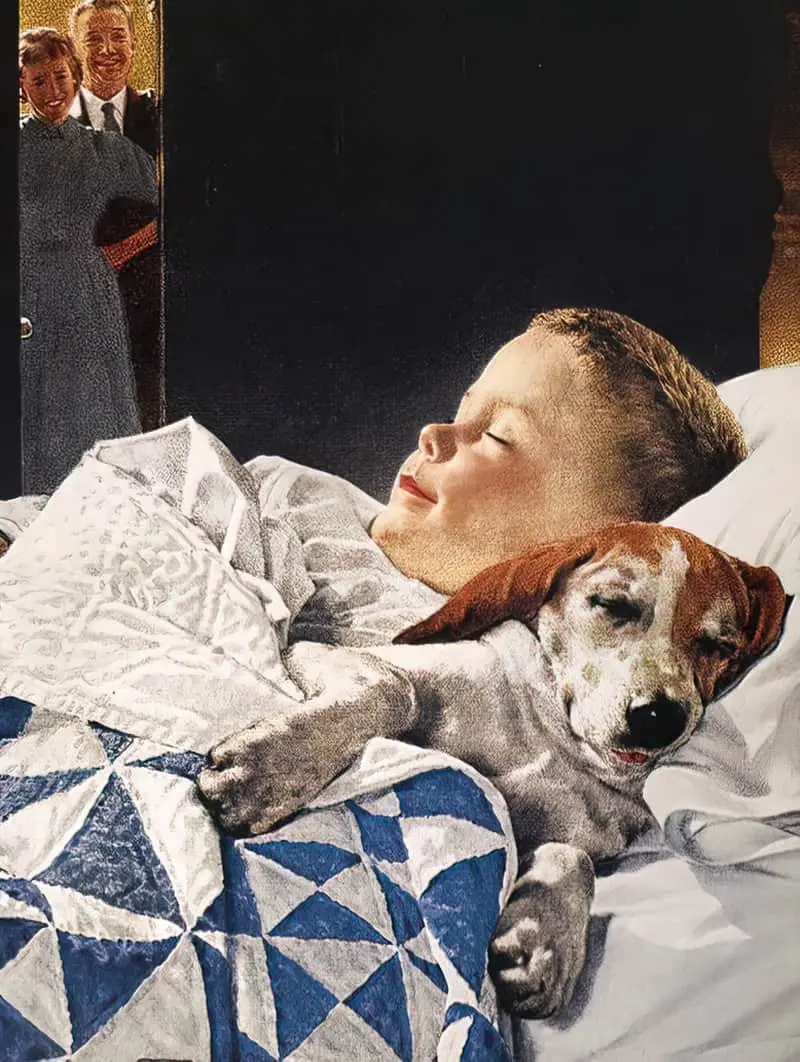
Content that gives us faith to believe in bigger things.
The Overview Effect is often utilised by storytellers, not just in spatial horror but also in an attempt to create a sublime experience for audiences.
We do tend to use the language of religion when talking about narrative, but we might equally say religion utilises the language of narrative. (Not to mention all of the techniques of storytelling.)
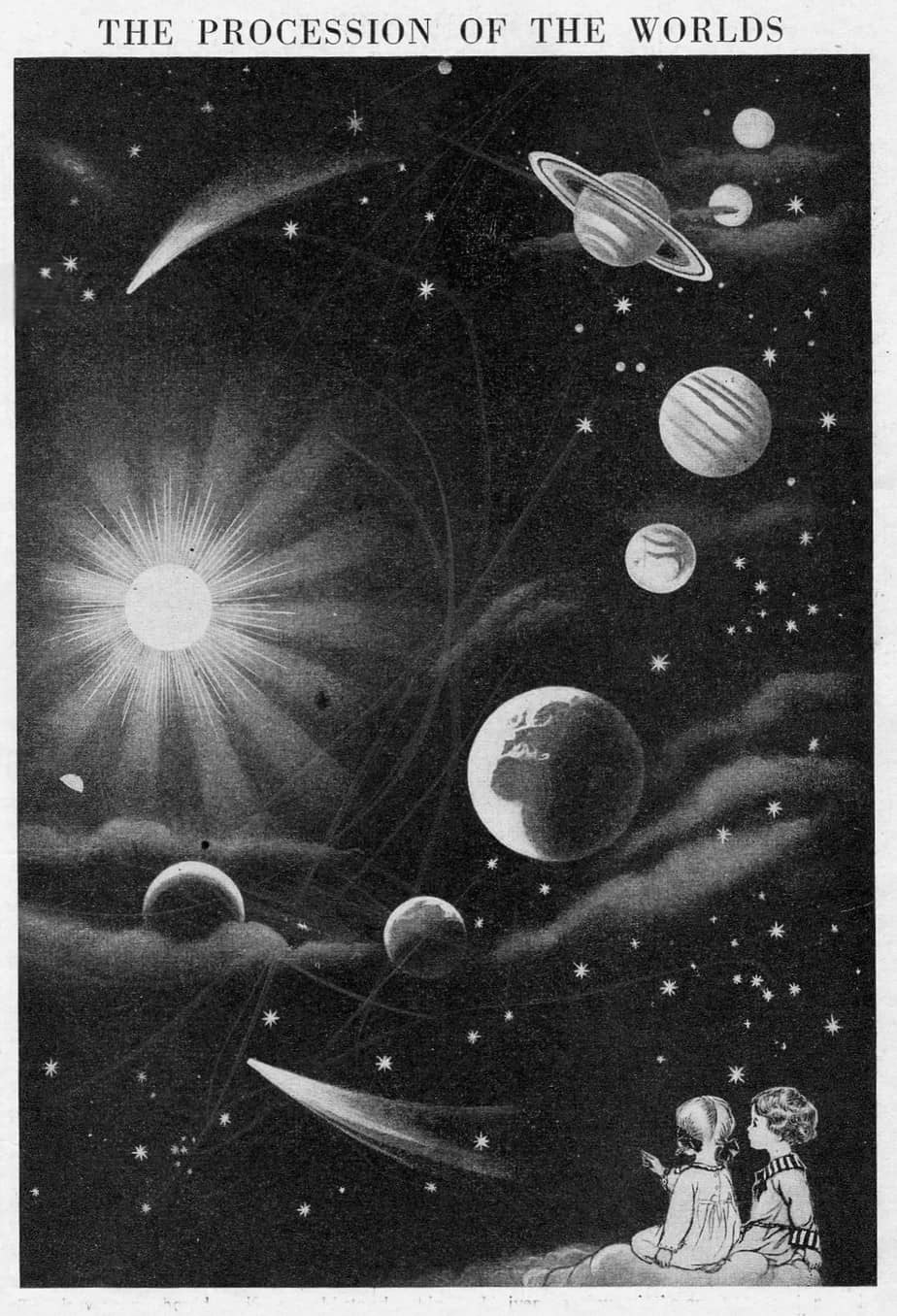
Content that reminds us that we matter.
It’s said that fiction functions as both a window and a mirror, meaning we need to see people like us in our stories, and we also need to see people who are different from us.
Content that reminds us of the overlooked or forgotten basics.
There is a subgenre of picture book which teaches children not to stop noticing the small things in life. The Lost Thing is a great example. Sidewalk Flowers is another. These stories are a reflection of the reality of child development: As we become more famliar with the world around us, we do stop noticing every flower growing between cracks in the pavement.
Content that has unexpected twists.
This is another way of saying that good storytelling relies on surprise. Storytellers can surprise the audience in a number of ways. Some of those ways have labels.
- With reveals and reversals
- With twist endings
- With unexpected emotional responses
- With unexpected detail
Every story will contain some kind of revelation at the end, and the Anagnorisis stage of a story is all about that. The character may learn something about themselves, or they may learn the answer to a mystery (tying up the plot), or both. The audience may learn something while the character remains a blathering fool (in sit-com).
Content that tells us a story.
This is is a list for marketers. Storytellers will find it obvious. Audiences love a complete narrative. Here are the steps you need. Leave out any one of them and the audience will feel something’s missing, but unless they’ve studied this stuff they won’t know what’s missing.
Stories for very young children are often utilising the carnivalesque story structure, which is a bit different, but they, too, follow a pattern and the youngest children will understand when a story isn’t finished.
Content that takes us along on a journey.
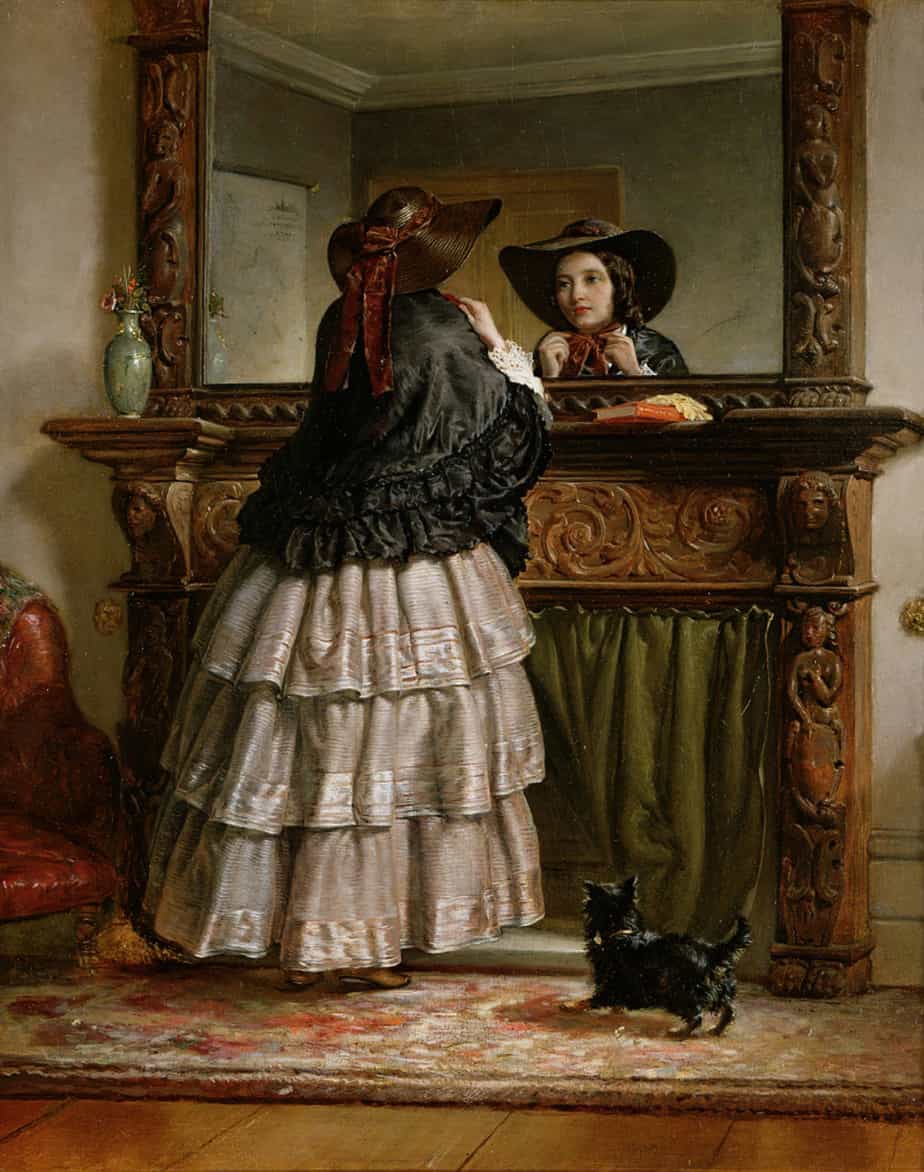
In children’s literature world this is called the Home-away-home structure. More broadly, there are three main types of modern myths.
The Road Trip is a subcategory of the Odyssean journey, and came out of America after the highways were created, leaving ghost towns behind in their wake.
Content that inspires us to action.
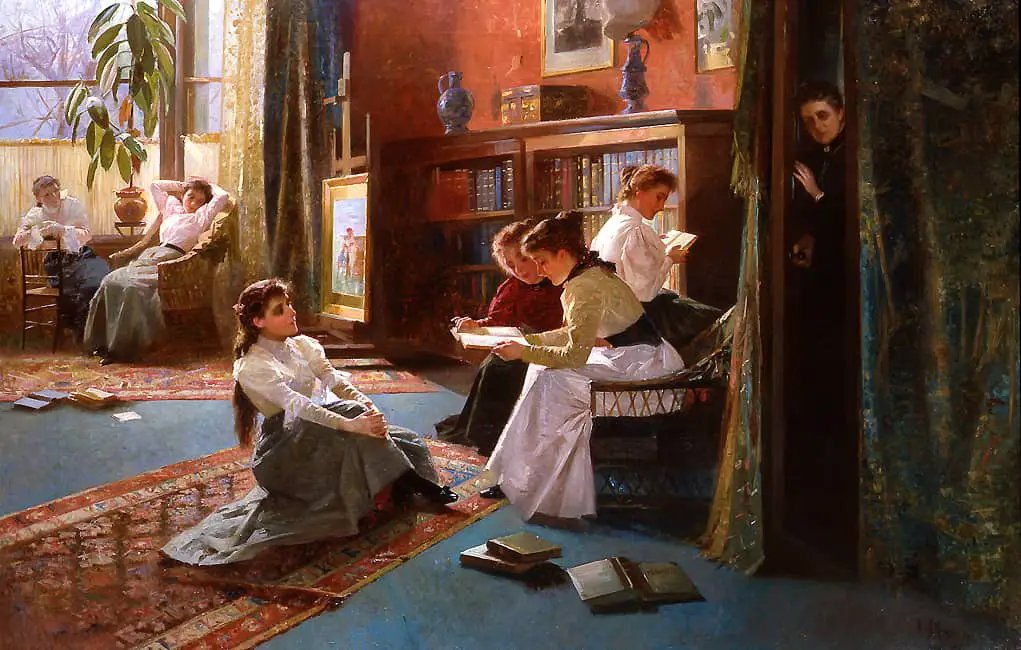
Content that makes us laugh or smile.
Funny stories are always a hit with young audiences. I believe all stories teach something, and funny stories are in fact the most effective way of passing on a particular ideology. Be wary of discourse which talks about ‘didactic’ and ‘funny’ as if they are two completely separate groups.
Likewise, cartoons for adults have long been utilised as effective vehicles for propaganda.
Content that makes us cry (tears of joy or sadness)
Emotion in Storytelling:
- Catharsis
- If Only!
- Kindness and Unexpected Reactions
- Psychic Numbing
- Emotion In Children’s Storytelling
Content that reveals secrets.
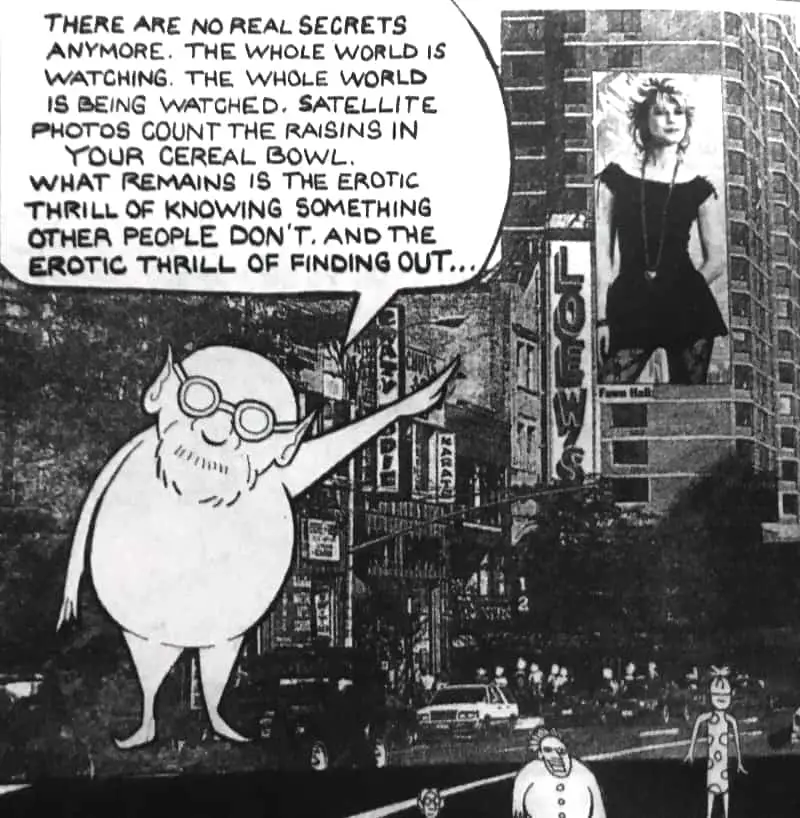
This is another take on ‘all good stories contain surprise’.
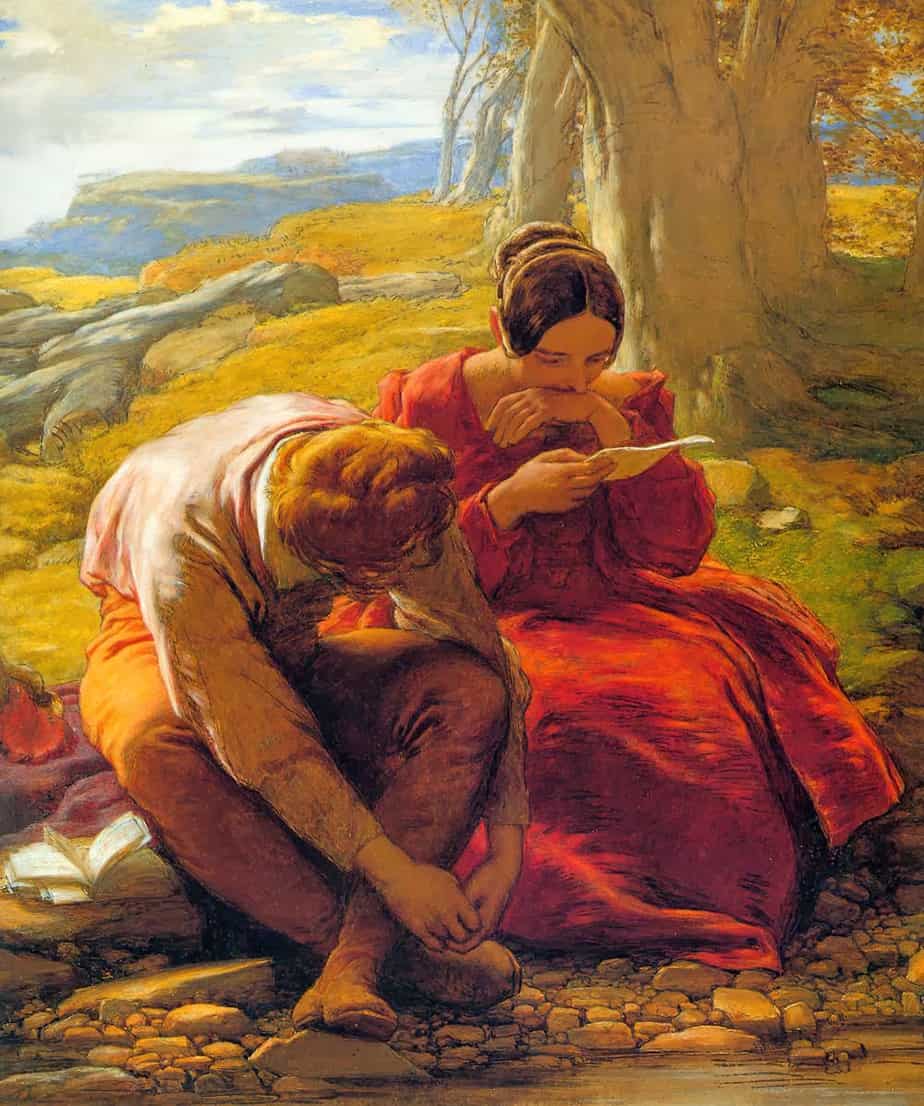
Content that surprises us.
See above.
Content that encourages us to never give up.
Freakonomics did a podcast called “The Upside of Quitting” on why it is actually sometimes a good thing to give up. But this isn’t reflected in children’s story. This is probably because children tend to give up more easily, due to a natural and developmentally necessary craving for novelty.
Content that reminds us that we are one-of-a-kind and encourages us to live that way.
There are many picture books which tell children it’s okay to be different. Adults like this message, too. See: Individuality and Social Norms In Children’s Stories.
In stories for adults, especially Western stories, the Elmer the patchwork elephant who finds friends despite not being grey story is replaced with a slightly more subtle story: An adult who has learned to mask their true self eventually learns to be happy by taking off the mask (of falseness).
Content that reminds us there is more.
Endings rarely tie everything up neatly. There is usually some hope offered at the end. In children’s stories, this is pretty much mandatory.
Content that confirms our assumptions.
This one can be problematic. But Hollywood is notoriously conservative. The blockbusters appeal to the dominant views held by society.
Content that challenges our assumptions.
It’s not easy to subvert the audience’s current assumptions. First, you need to understand what they are. Here are some tricks and tips.
Content that educates while entertaining us.
One of the educative purposes of art (and other cultural products) is that they teach us how to “make sense,” as a creative act, out of our world through the resources supplied to us by culture. We might be drawn to narratives like the Avengers or other superheroes because of this sense making function. Put another way, these movies help us understand what it is to be good, to retain hope, in an increasingly hopeless world. Cap’s therapy group in Endgame is good here. […] this sense making function isn’t unique to superhero movies, or movies specifically: it is a function of all art. […] Put simply, in intensifying experience, a work also clarifies the experience, allows us to “see it through” to its conclusion and thus supplies a model for how we might see through other experiences. Music does this, as does literature, and poetry, and the plastic arts. […] we might expect to see a plurality of forms of art engaging with a specific cultural theme as a result of our culture trying to “see through” a collective experience.
@shengokai
Content where David defeats Goliath.
Another way of saying this: We like underdog stories with happy endings for the underdog.
Content that gives us a fresh point of view even about common things.
Academics use the word defamiliarisation to describe the techniques storytellers use in coaxing audiences to see things afresh.
